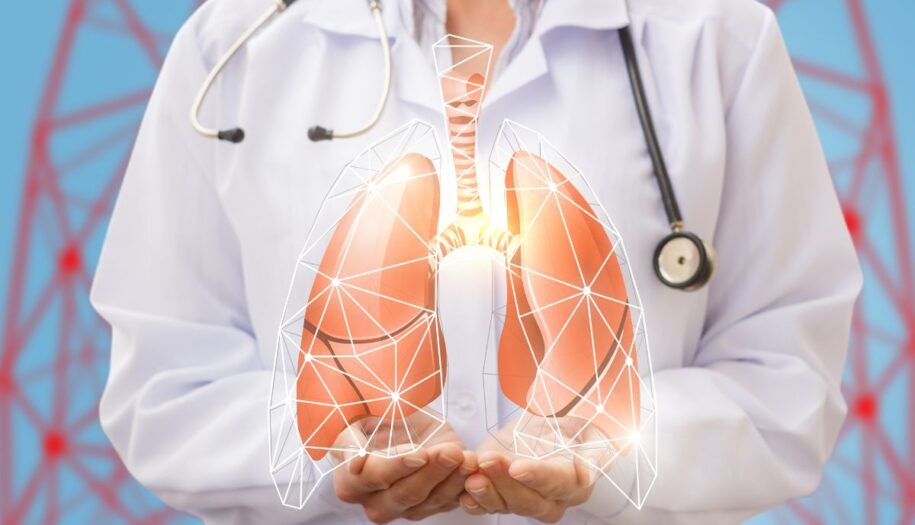
How to do a lung squeeze? A lung squeeze is an athletic maneuver where one squeezes their gluteus muscles while in a prone position on the ground, potentially resulting in a temporarily paralyzed feeling in the lower body, as well as slowing of breathing, sometimes resulting in fainting or unconsciousness. Lung squeezing can be dangerous and should only be attempted under the supervision of someone who knows how to do it properly, as some people have been injured when attempting lung squeezes by themselves. Shortness of breath (or dyspnea) can be an alarming symptom, and it’s not surprising if you feel frightened at the possibility of having lung cancer or some other serious illness. Take a deep breath and relax because the odds are that you have what’s known as a lung squeeze, which isn’t life-threatening or even painful. Learn more about what a lung squeeze is and what you can do about it today!
lung squeeze?
A lung squeeze is when your chest feels tight, sometimes with pressure on the lungs. Lung squeezes are most common during an asthma attack. A doctor can determine if you have a lung squeeze or not by checking your symptoms, but it’s unlikely that they’ll be able to tell the difference between a chest tightness caused by asthma or another health condition. If you’re experiencing any other symptoms of an asthma attack like shortness of breath, wheezing, coughing, or having trouble breathing in and out, then you probably have an asthma attack and need to take medication as soon as possible. However, if you only feel a tightness in your chest without any other symptoms, this could also mean something else like heart disease. Talk to your doctor about what could be going on and what they think might help alleviate the situation.
Symptoms and signs
A lung squeeze can be caused by a pulmonary embolism, which happens when blood clots in the lungs. Symptoms of pulmonary embolism include shortness of breath, chest pain and rapid heartbeat. If you have any of these symptoms, it’s important to seek medical attention as soon as possible. A doctor may use an ultrasound or CT scan to diagnose the condition. In some cases, doctors might need to give medication immediately in order to keep the clot from getting larger or going into your lungs. People who are at high risk for developing pulmonary embolisms are people with cancer, those on dialysis treatment or those who are obese. It’s important to talk to your doctor about what risks you face and what steps you can take to reduce them.
How can you prevent a lung squeeze?
In order to avoid a lung squeeze, it’s important to be mindful of your inhalation and exhalation. Take deep breaths through your nose, inhaling for at least six seconds and then exhaling for the same amount of time. This will help you get the most out of each breath by expanding your lungs fully before you take in new air again. Make sure that when you’re lifting weight or doing other strenuous activities, you breathe from your diaphragm instead of shallowly from your chest. This will make sure that the pressure on your lungs stays even as you work out. You can also do some breathing exercises to relieve tension in the muscles around your rib cage and abdomen which can help release any tightness that might be restricting airflow. For example, lie on your back with your hands resting lightly behind your head. Tilt your head slightly to one side and exhale using long, gentle breaths while raising one arm overhead until it reaches full extension above the body. Then tilt your head in the opposite direction and repeat with the opposite arm. Alternate back and forth between sides 10-12 times for best results.
How can you treat a lung squeeze?
In the case of a lung squeeze, there are many ways to treat it. If the cause of the injury is known, then treatment can be directed towards that specific area. However, if no cause can be found and there are no medical complications such as hypoxia or pneumothorax, then the patient should be kept in bed and monitored for any signs of worsening symptoms. In severe cases when hypoxia has occurred or pneumothorax occurs after an increase in dyspnea or chest pain, then emergency attention should be sought out immediately. When pulmonary embolism is suspected, treatment with anticoagulant medications and placement of a vena cava filter may be warranted. Some people who suffer from chronic obstructive pulmonary disease (COPD) might experience acute attacks more often, making these people at greater risk for lung squeezes. Though COPD cannot be cured, there are treatments available which reduce the severity of attacks which occur due to bronchoconstriction.
When should you see a doctor for a lung squeeze?
A chest x-ray can be used to diagnose a lung squeeze, but it’s important to see your doctor before you have one. Lung squeezes are often harmless, and if they are not treated promptly, they will go away on their own without any intervention. However, some lung squeezes may indicate the presence of an underlying condition that needs to be diagnosed quickly. Your doctor can help you figure out what the best course of action is for your situation. If you think you might be experiencing a lung squeeze, don’t hesitate to call them! It’s better to get checked out right away than risk something serious. You should also pay attention to any worsening symptoms or new symptoms – these could mean something more serious is going on with your lungs and might need treatment ASAP.
Final Thoughts
A lung squeeze occurs when your diaphragm contracts and pushes down on your lungs. This can happen during pregnancy, when you’re anxious, or when you’ve taken in too much air. It can also be caused by an injury to the chest cavity, an infection of the lungs, or certain heart problems. Lung squeezes are very painful and may cause shortness of breath. If you’re experiencing a lung squeeze, it’s important to take deep breaths until the pain dissipates. Seek medical help if there’s no relief after about 15 minutes. – When you experience a lung squeeze, your first instinct might be to start coughing or gasp for air. These actions will only make the situation worse; instead, take deep breaths from your abdomen as soon as possible.








